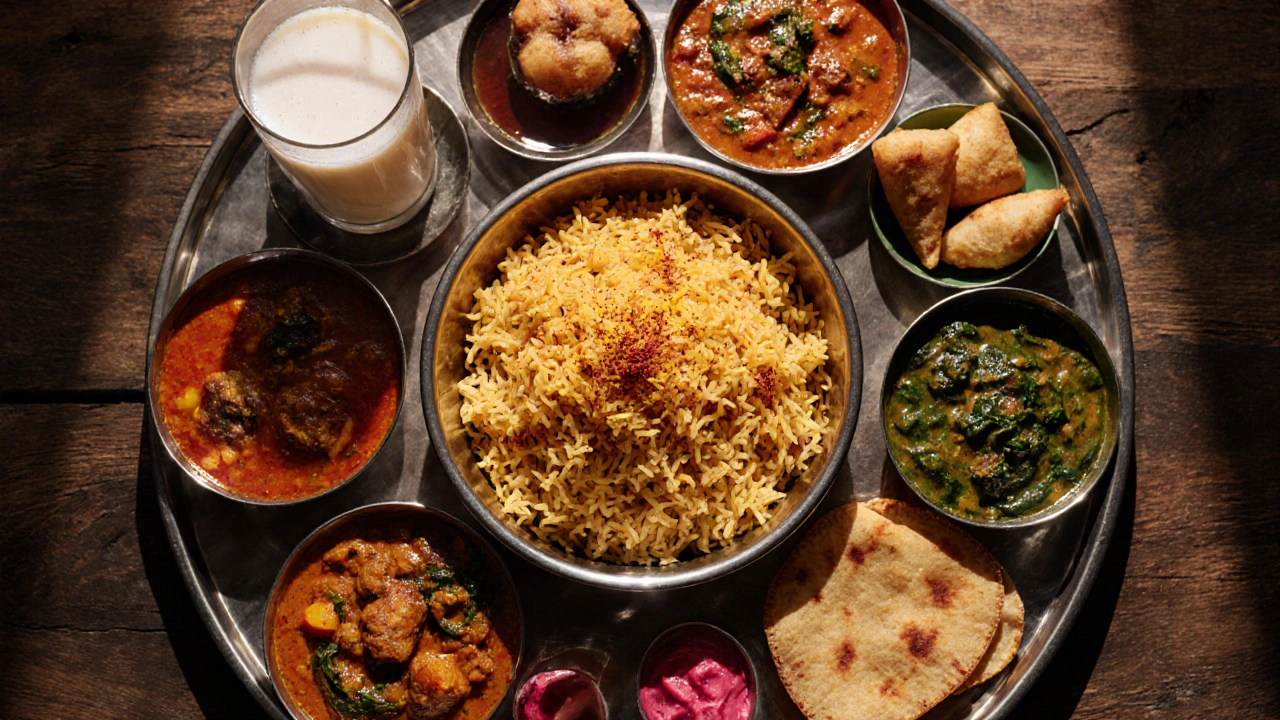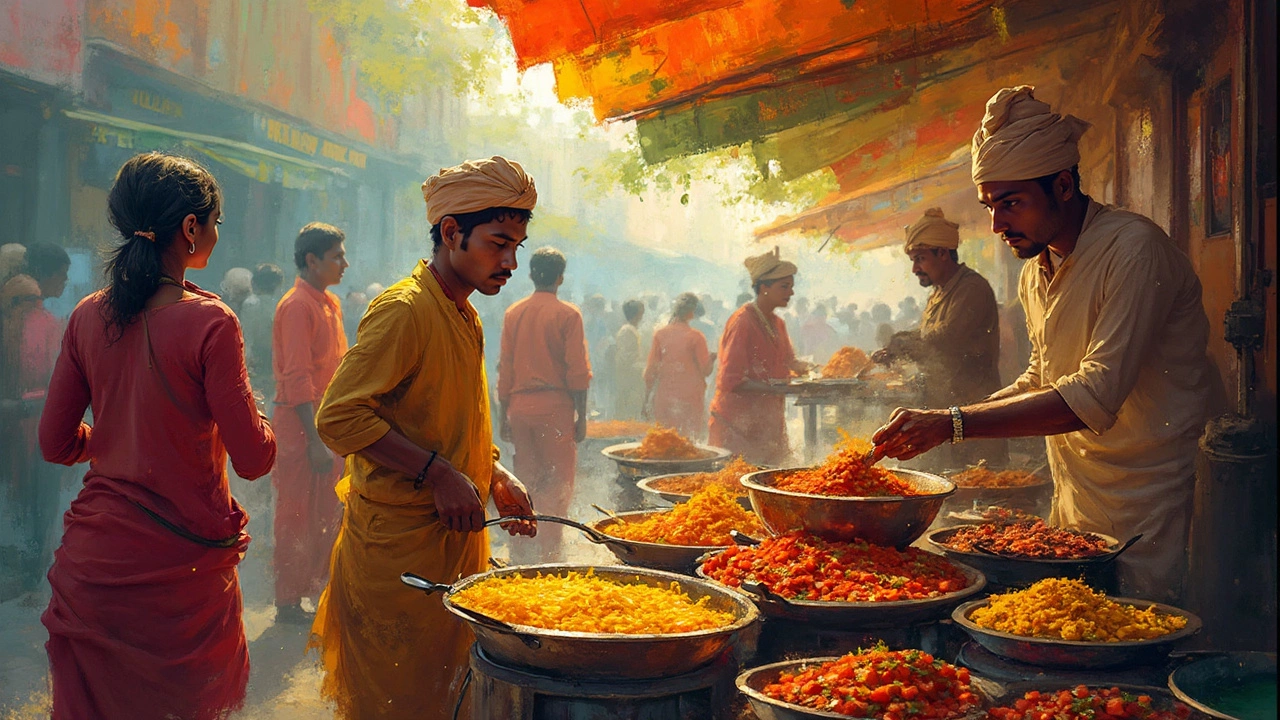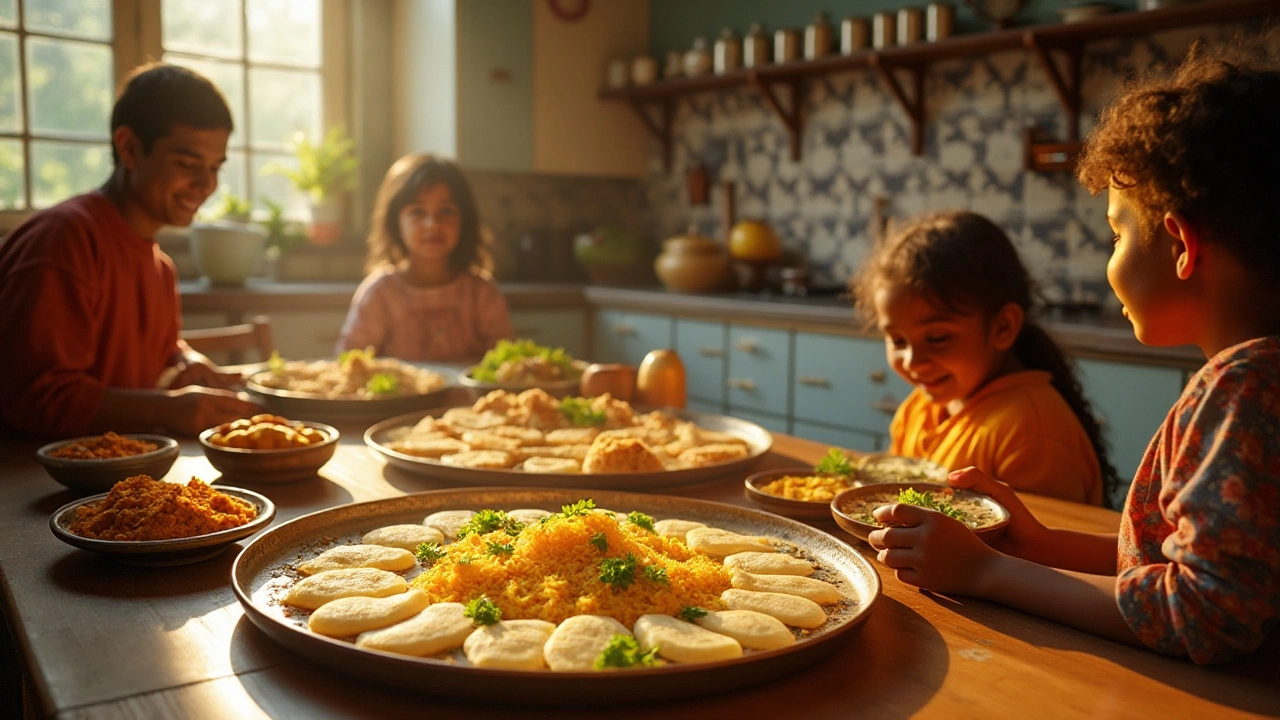Popular Indian Food: Everyday Favorites and Flavor Secrets
When you think about popular Indian food, the dishes that people love most from India’s diverse kitchens, a few names jump out right away. Biryani, a layered rice dish packed with spice, meat or veggies is often the first on the list. So is Dal, a hearty lentil stew that fuels families across the subcontinent. You’ll also see Roti, a thin wheat flatbread that pairs with almost any sauce, and Chutney, a tangy condiment that adds a fresh punch to meals. popular Indian food isn’t just about taste; it’s about how these dishes fit into daily life, celebrations, and regional identities. In the next few paragraphs we’ll break down why each of these foods matters, what tools you need, and how they connect to the articles you’ll find below.
Why These Dishes Define Indian Dining
Each of the core foods mentioned above serves a clear role in a typical Indian meal. Biryani encompasses rice, meat or vegetables, and a spice blend that creates a fragrant, one‑pot wonder. The dish requires a proper rice variety—often basmati—to keep grains separate, and a layering technique that locks in moisture. Dal provides protein, fiber, and a comforting base for the table; its nutrient profile changes depending on the lentil type, but all versions offer a balance of carbs and protein that keeps energy steady. Roti is the bread that makes every bite complete; the dough’s softness depends on the timing of oil addition and the heat of the pan. Finally, chutney brings acidity, sweetness, or heat in a small serving, influencing the overall palate balance. These four items together cover the main taste pillars—sweet, sour, salty, bitter, and umami—so a meal feels complete without extra sauces.
Understanding these pillars helps you troubleshoot common kitchen problems. For example, if your biryani turns mushy, you probably used the wrong rice or added too much water, breaking the “fluffy rice” principle. If roti won’t puff, the dough might be too dry or the pan isn’t hot enough—both issues tie back to the “soft roti” attribute. When dal feels gritty, it could be an older lentil batch lacking proper soaking, which links to the “dal soaking” tip. And if chutney separates, it’s often a temperature issue, because serving chutney hot or cold changes texture. All of these fixes appear in the posts below, giving you quick, actionable answers.
Beyond troubleshooting, the collection of articles covers deeper topics that enrich your cooking toolkit. You’ll learn why lemon brightens biryani, how baking soda can affect roti softness, and what makes a curry creamy—all connected to the core foods we just described. The posts also dive into nutritional angles, like the protein‑carb breakdown of dal or the sugar impact of popular snack choices. Each piece adds a layer of knowledge that helps you move from “I can follow a recipe” to “I can improvise and still get great results.”
Ready to explore the full range of tips, tricks, and science behind these beloved dishes? Below you’ll find a curated list of articles that walk you through the why and how of each ingredient and technique, so you can start cooking with confidence and flavor.

Classic Indian Dishes Explained: Definition, Top Examples & Regional Guide
Explore what makes a dish a classic Indian dish, discover top examples like Biryani, Masala Dosa and Butter Chicken, and learn how regional origins shape India's iconic meals.

Discover India's Most Ordered Vegetarian Dish
India is a vegetarian's paradise with a vast range of enticing dishes. This article explores the country's most ordered vegetarian dish, providing an inside look into what makes it so popular. Readers will discover interesting facts and tips regarding this beloved dish. Whether you're a foodie or just curious about Indian cuisine, there's something for everyone.

Popular Indian Breakfast Foods You Must Try
Indian cuisine offers a variety of breakfast options that are both delicious and quick to prepare. From spicy poha to comforting idlis, these dishes are commonly enjoyed and encompass a range of flavors. Dive into the vibrancy and diversity of Indian breakfast foods, exploring how these dishes are savored across different regions. Discover easy-to-make recipes and tips for incorporating these breakfast staples into your daily routine.